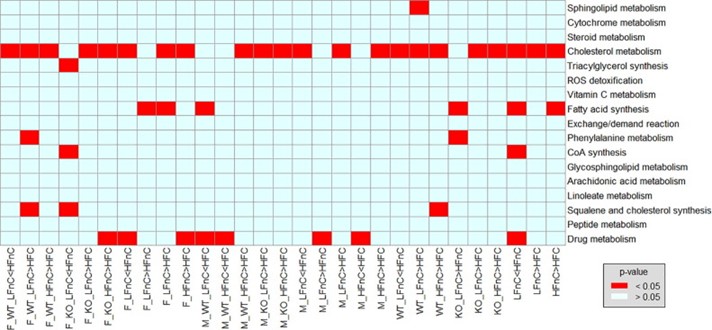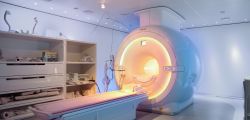DEVELOPMENT OF EFFICIENT PROTOCOLS FOR SELECTION OF GENOMIC METABOLISM MODELS
Researchers from the Center for Functional Genomics and Bio-Chips, the Institute of Biochemistry and Molecular Genetics of the Faculty of Medicine at the University of Ljubljana, and the Laboratory for Computer Structures of the Faculty of Computer and Information Science at the University of Ljubljana have in the scope of H2020 Marie Curie project TRANSyS published an article entitled “Guided extraction of genome-scale metabolic models for the integration and analysis of omics data” in the prestigious Computational and Structural journal.
This work was the effort of scientists from the Center for Functional Genomics and Bio-Chips, Faculty of Medicine, University of Ljubljana, and the Faculty of Computer and Information Science, University of Ljubljana. The first author is Andrew Walakira from Uganda, a first-year doctoral student in Biomedicine and a young researcher at UL MF as part of the H2020 Marie Curie project TRANSyS.
The article presents effective protocols for the selection of genomic metabolic models that are crucial in the biological interpretation of transcriptome data. It also presents the validation of the selected model on real transcriptome data of nonalcoholic fatty liver.
LINK TO ARTICLE: WALAKIRA, Andrew, ROZMAN, Damjana, REŽEN, Tadeja, MRAZ, Miha, MOŠKON, Miha. “Guided extraction of genome-scale metabolic models for the integration and analysis of omics data”. Computational and Structural Biotechnology Journal, ISSN 2001-0370, 2021, vol. 19, p. 3521–3530.
Source: https://www.uni-lj.si/research_and_development/research_news/2021071309145221/

The picture represents the result from a selected genomic metabolic network, namely enrichment between individual groups on different diets. We focused on the cholesterol-related subsystems. The model correctly predicted that hepatic cholesterol metabolism was enriched in mice on a high-fat, cholesterol-free diet (HFnC) compared to a diet with added cholesterol (HFC). We compared the livers of male (M) and female (F) wild-type (WT) mice and those that developed the nonalcoholic fatty liver (KO) phenotype. Some animals were also on a low-fat, cholesterol-free (LFnC) diet.





